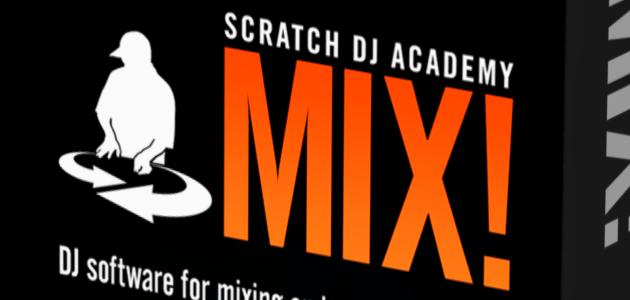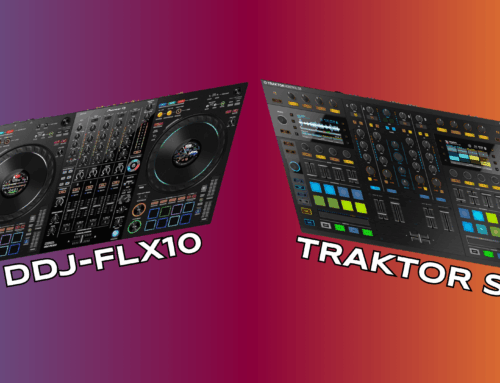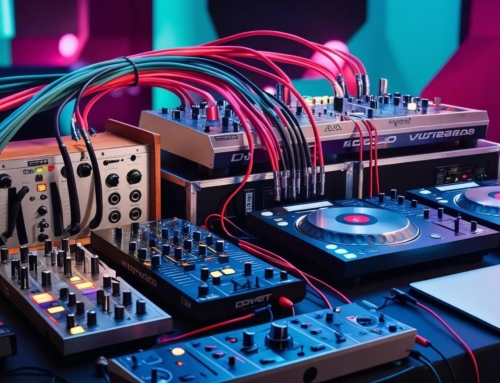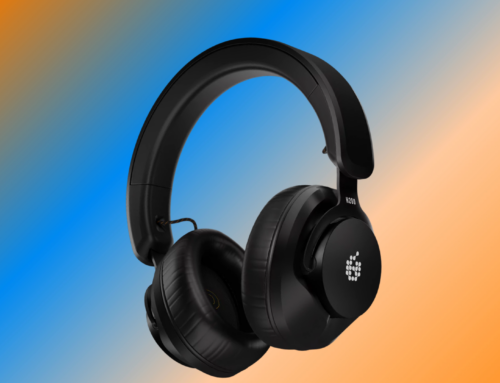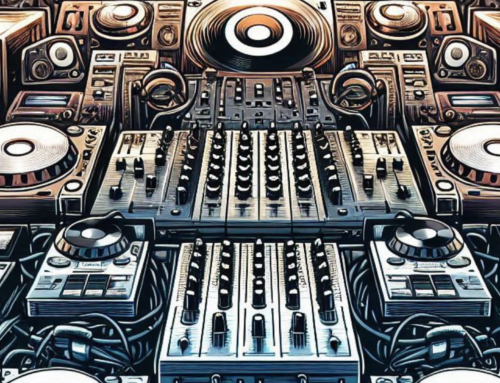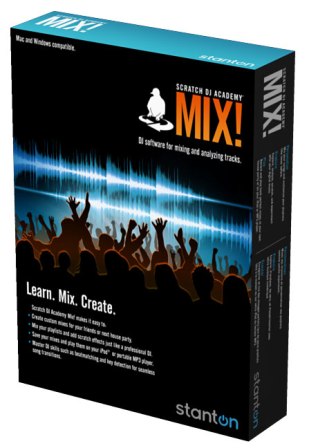 Stanton holds a strange place in the DJ world. They’ve been around for more than 60 years and have vacillated between breaking open new markets as genuine innovators, and, sometimes, missing the point entirely.
Stanton holds a strange place in the DJ world. They’ve been around for more than 60 years and have vacillated between breaking open new markets as genuine innovators, and, sometimes, missing the point entirely.
They’re top-notch manufacturers, though, and even their more derivative offerings, like the ST series of turntables, are some of the most rugged gear you’ll find. The cartridges that made the name famous all those years ago speak for themselves, and more recently they’ve expanded into more hi-tech products like their SC controller devices and, in conjunction with Jam Master Jay’s Scratch DJ Academy, a new cross-platform software solution called MIX!
Mix – I’m dropping the exclamation point – really took me by surprise. There are no platters or faders of any kind, no effects or cue buttons. The interface is sparse, and is dominated by a browser and playlist. The bottom section features a handful of controls with names like Mix Length and Scratch FX. At a glance, Mix has so little in common with Traktor, Serato, VDJ or any other software I can think of, that its purpose isn’t immediately obvious.
Mix is an automated mixing machine. You pull songs from the browser to the playlist, and Mix basically does the rest, layering the waveforms along two horizontal tracks and highlighting the overlapped – mixed – sections. Those Mix Length controls are all the settings you can modify yourself: you can choose how far from the end of a track the transition will begin, and how long it will take to complete the fade. You can adjust the start point of a track to help the timing engine when it gets confused, and you can insert one of a selection of platter tricks as sound effects. That’s it.
Mix! is designed to introduce novices to the fundamentals of DJing, without giving them enough rope to hang themselves. As much work has gone into the tutorials – prepared by the Scratch staff – as into the software itself, and for those completely unfamiliar with what a DJ does, they’re spot-on, if a bit on the cursory side.
For all its simplicity, though, Mix has a bunch of crate features I’d love to see in pro level software: it identifies the keys of your tracks and suggests harmonically pleasing matches. It has inline ID3 tag editing, including a tap tempo input, in case the original value has been incorrectly registered.

So, Stanton has gone and confused things again. You might expect a program this basic from an educational institution like Scratch, but Stanton is a manufacturer of professional DJ gear, with a history of groundbreaking innovation. Mix just doesn’t fit the bill – it would be right at home on WFW – if you don’t know what that is, suffice to say it’s probably because you’re too young (or I’m too old) – back when none of us was really sure what a DJ did.
Mix is a good program with some seriously wicked features. Between the broad ranging tutorials and the drop-dead simple layout, it really does cover the fundamentals of mixing, and its backend is tight enough that an utter novice really can produce a mix that sounds vaguely professional, right out of the box. The payoff is that there’s zero room for creative growth: once you’ve mastered all that Mix has to offer, there’s no alternative than to buy into another, more fully featured system. I guess the idea is that, at that point, you go shopping for Stanton gear, so it might be a good idea for them to back it up with a professional software solution, too.
